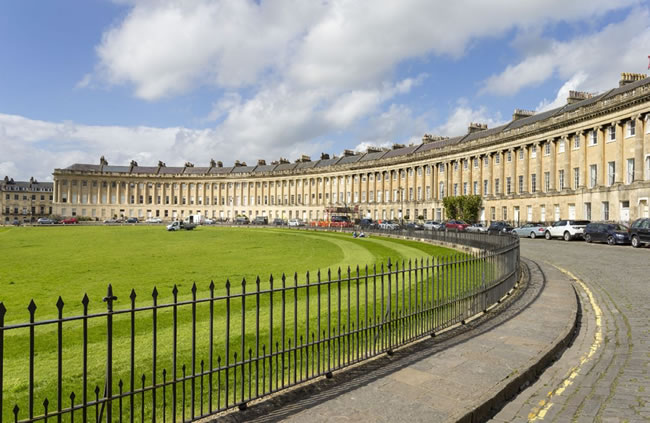Things to see & do in Bath
While improving your language skills you can explore Bath, and take the opportunity to experience and enjoy one of the most interesting and beautiful cities in the UK.
Bath was named a UNESCO World Heritage Site in 1987 because of its beauty and for the richness and diversity of its history.

Roman Baths
Bath is situated on the site of a hot spring and when the Romans arrived (circa 60 AD) they built a magnificent temple and baths, and the city became a spa.
The 2000-year old Roman Baths are filled with ancient statues and other artifacts, and the thermal water still steams today.

Bridge in Prior Park
Bath lies within a hollow of the hills. There are green views in every direction from the city centre.
The hilly, green landscape was exploited by Bath's 18th century architects and developers, who created elegant terraces and villas on many of the hills, using the local limestone which gives the buildings their beautiful honey colour.

Pulteney Bridge
Bath lies within a hollow of the hills. There are green views in every direction from the city centre.
The hilly, green landscape was exploited by Bath's 18th century architects and developers, who created elegant terraces and villas on many of the hills, using the local limestone which gives the buildings their beautiful honey colour.

The Royal Crescent
One of Bath’s most famous sights is the iconic Royal Crescent, an arc of 30 terrace houses overlooking a huge lawn.
The Circus is a similar architectural gem, where the houses curve around a circular grassy area.

Bath Abbey
One of Bath’s most famous sights is the iconic Royal Crescent, an arc of 30 terrace houses overlooking a huge lawn.
The Circus is a similar architectural gem, where the houses curve around a circular grassy area.